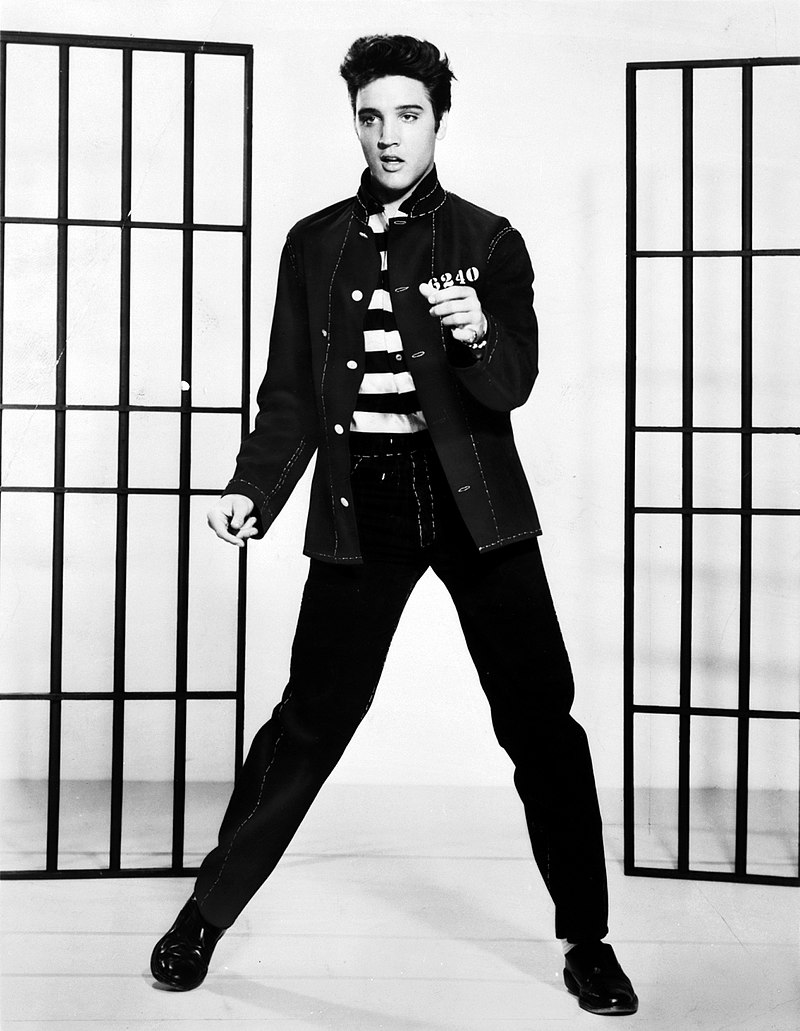
Race Music 1
As mentioned earlier in this lesson, the industry had created and marketed new African American popular music styles under the rubric "race music." The new sounds were formally christened "rhythm and blues" in 1949. The term first appeared in the 25 June issue of the industry trade journal Billboard, coined by a young writer named Jerry Wexler, who felt that "race music" was a pejorative term. Wexler would later play a big part in the development of this music as a co-owner of Atlantic Records.
At this same time the youth culture was gaining momentum as the fastest-growing and most significant market for music products concerning record sales. The music industry seized the opportunity to supply this new demand while being sensitive to (White) parental concerns by having White artists record (or coverA cover is a popular song that is performed by someone other than the original performer or artist.) Black songs, unbeknownst to White parents. The term crossoverWhen a song is performed to appeal to different genres, making it popular for different types of audiences. became the eventual label for this practice. Generally, record labels, A&R managers, or producers would select the most popular rhythm and blues songs as evidenced by the music charts (either Billboard or Cash Box) for their White artists. To please these parents, non-threatening White singers would sing edited or what was commonly known as "watered-down" versions of the original songs. The industry was reasonably successful in disassociating the White crossover versions from Black-sounding versions, or rhythm and blues music, by labeling them as rock and roll. Prompted by Alan Freed's popularization of the phrase "rock and roll" in the early 1950s while working at the WLAC station in Nashville, Tennessee, people began to pay attention to this seemingly new music.
To better understand this, let's examine the song "Hound Dog" written by Jerry Leiber and Mike Stoller. It was first recorded in 1953 by Willie Mae "Big Mama" Thornton (1926-1984) and was number three on the rhythm and blues chart that year.
"Hound Dog" Big Mama Thornton
"Hound Dog" Elvis Presley
Watch this videos of Big Mama Thornton singing "Hound Dog" and "Down Home Shakedown" and then watch the Elvis Presley version and compare and contrast them with the help of table 18.1 on the next page.

(1965) Blues by Big Mama Thornton - Hound Dog and Down Home Shakedown [ 00:00-00:00 ]

Elvis Presley-Hound Dog
In 1956 Elvis Presley's version of "Hound Dog" reached the number one position on three charts: pop, rhythm and blues, and country. Many White parents and their children were not aware of the original recording by Big Mama Thornton. With the help of marketing strategies and the already popular term rock and roll, Presley's recording was regarded as such, even though it was clearly rhythm and blues (see table 18.1).
Big Mama Thornton's "Hound Dog"
The lyrics are metaphorically about a "man," Although she refers to him as a hound dog, with lines such as "Daddy I know, you ain't no real cool cat" and "you ain't lookin' for a woman, all you're lookin' for is a home" she is speaking about a man.
Elvis Presley's "Hound Dog"
The lyrics are about the animal "hound dog" and how it's no friend of Presley's because he's often crying, is not high class, and has never caught a rabbit.






